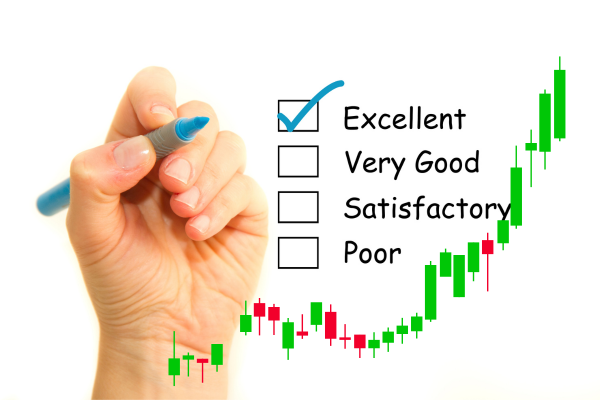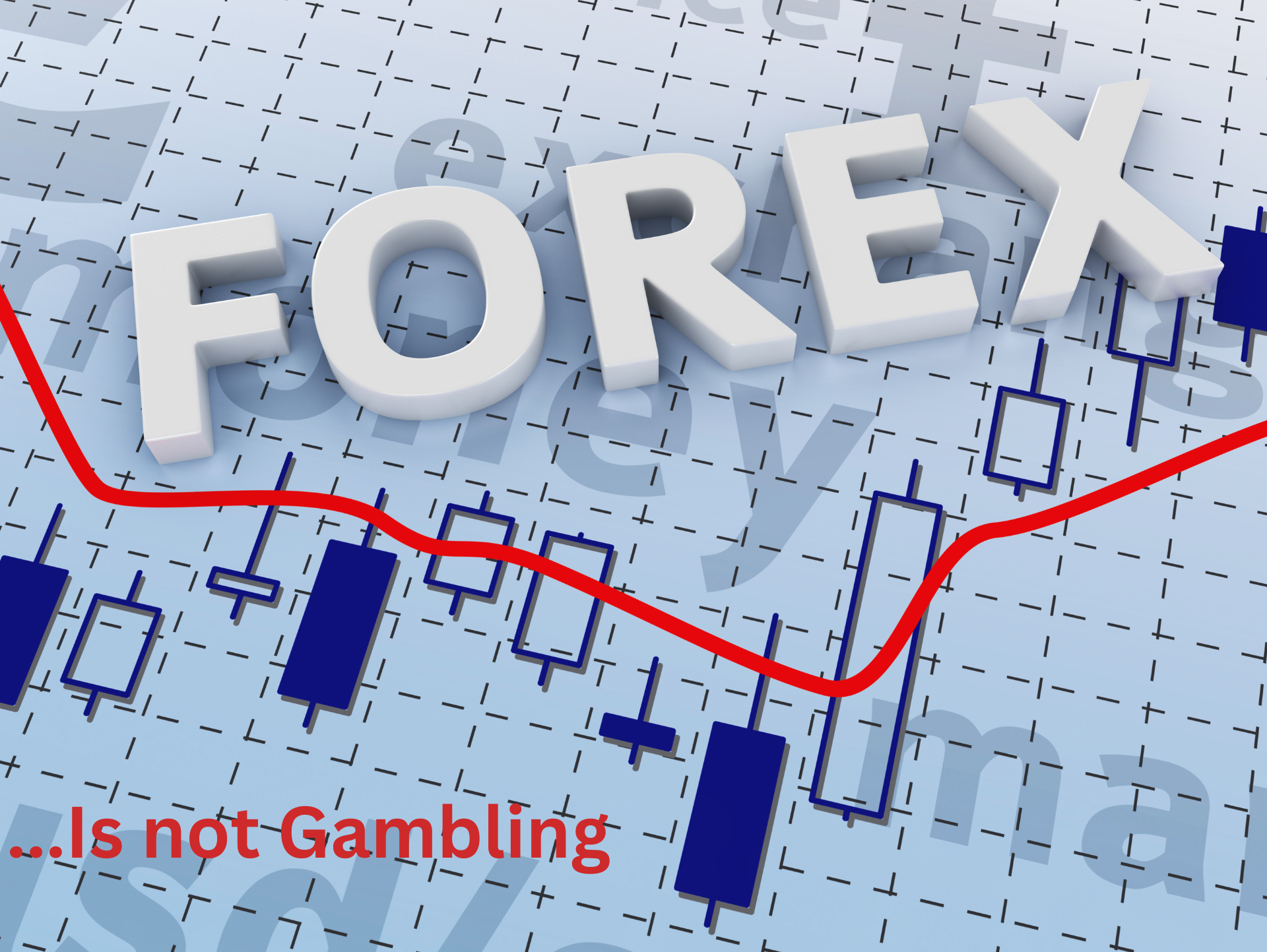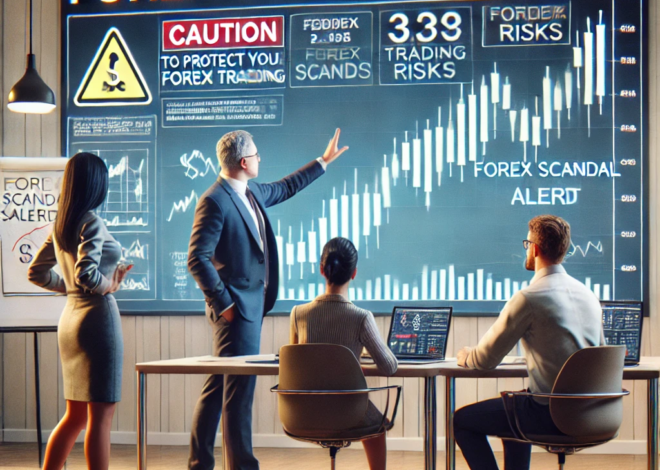
Forex Trading: Step-by-Step How to Guide for Beginners
Forex trading, also known as foreign exchange trading, has garnered immense popularity in recent years due to its high potential for profit and accessibility. As one of the largest and most liquid financial markets in the world, it operates 24 hours a day, five days a week, allowing traders to engage in buying and selling currencies at any time. But what exactly is forex trading, how does it work, and why should one consider trading in this dynamic marketplace? This blog post will walk you through the fundamental concepts of forex trading, its mechanisms, benefits, and risks, offering a comprehensive understanding for beginners looking to dive into this exciting venture.
1. What is Forex Trading?
At its core, forex trading is the process of buying one currency while simultaneously selling another. Currencies are traded in pairs, and traders aim to profit from fluctuations in the exchange rates between these pairs. The value of a currency is determined relative to another currency, which means that in every trade, you’re dealing with a currency pair such as EUR/USD (Euro vs. U.S. Dollar), GBP/USD (British Pound vs. U.S. Dollar), or USD/JPY (U.S. Dollar vs. Japanese Yen).
Forex trading is a decentralized global market, with transactions occurring electronically over-the-counter (OTC) rather than on a centralized exchange. This means that the forex market operates across various time zones, providing traders with continuous opportunities to trade currencies. Major financial centers like London, New York, Tokyo, and Sydney facilitate this constant flow of trades.
2. How Does Forex Trading Work?
Forex trading revolves around the concept of currency pairs. When you engage in a forex trade, you are simultaneously buying one currency and selling another. The first currency in the pair is the “base currency,” and the second is the “quote currency.” The exchange rate between the two currencies indicates how much of the quote currency you need to buy one unit of the base currency.
For example, if the EUR/USD pair is quoted at 1.2000, it means that one euro (EUR) is worth 1.2000 U.S. dollars (USD). If you believe that the euro will strengthen against the dollar, you would buy the EUR/USD pair. If the exchange rate later increases, you can sell the pair at a higher rate, pocketing the difference as profit.
Forex trading is generally executed through brokers or financial institutions that provide traders with access to a trading platform. Using these platforms, traders can monitor real-time currency movements, execute trades, and utilize various tools and indicators to help make informed decisions.
3. Major Currency Pairs in Forex Trading
In the forex market, not all currency pairs are created equal. Some are considered more “major” due to their volume of trade and liquidity, while others are labeled “minor” or “exotic.” The major currency pairs typically involve the U.S. dollar and include combinations like:
- EUR/USD (Euro/U.S. Dollar): The most traded currency pair globally.
- GBP/USD (British Pound/U.S. Dollar): Known as “Cable,” it is highly liquid and volatile.
- USD/JPY (U.S. Dollar/Japanese Yen): A pair that reflects the relationship between the world’s two largest economies.
- AUD/USD (Australian Dollar/U.S. Dollar): Influenced by commodity prices due to Australia’s strong mining and export sectors.
Minor currency pairs exclude the U.S. dollar, such as EUR/GBP or AUD/JPY. Exotic pairs involve a major currency paired with the currency of a developing or smaller economy, like USD/TRY (U.S. Dollar/Turkish Lira).

4. What Makes Forex Trading Unique?
Several factors set forex trading apart from other forms of financial trading:
- 24-Hour Market: Unlike stock markets that have specific opening and closing hours, the forex market operates 24 hours a day from Monday to Friday. This allows traders from all over the world to participate at any time, whether they are based in Asia, Europe, or North America.
- Liquidity: The forex market is the most liquid financial market globally, meaning it is easy to enter and exit positions at any time due to the sheer volume of trades happening every second.
- Low Transaction Costs: Forex brokers typically charge lower commissions or offer commission-free trades. Instead, they make money through the bid-ask spread, which is the difference between the buying price (bid) and selling price (ask).
- Leverage: Forex trading offers high leverage, allowing traders to control larger positions with a relatively small amount of capital. Leverage can amplify profits, but it can also magnify losses, making risk management crucial.
- Global Reach: Forex trading reflects global economic trends. As geopolitical events, economic reports, or central bank policies shift, currency prices fluctuate accordingly. This makes forex trading a way to engage in global finance and politics.
5. How to Get Started with Forex Trading
For beginners, entering the forex market can seem daunting, but with the right approach and preparation, you can start trading with confidence. Here are the key steps to get started:
a. Learn the Basics
Before trading with real money, it’s crucial to understand the basic concepts of forex trading. Educate yourself on how currency pairs work, how to read exchange rate charts, and how different economic factors can affect currency prices. There are numerous free resources, online courses, and webinars that provide foundational knowledge.
b. Choose a Reliable Broker
Selecting a reputable forex broker is essential for a smooth trading experience. Look for brokers regulated by financial authorities such as the Financial Conduct Authority (FCA) or the U.S. Commodity Futures Trading Commission (CFTC). Consider factors like trading fees, platform usability, customer service, and educational resources.
c. Start with a Demo Account
Most brokers offer demo accounts, which allow you to practice forex trading with virtual money. This is a great way to familiarize yourself with the trading platform, test strategies, and build confidence without risking real capital.
d. Develop a Trading Strategy
A well-thought-out trading strategy is key to long-term success in forex trading. There are various strategies to choose from, such as day trading, swing trading, or scalping. Your strategy should include entry and exit points, risk management techniques, and criteria for selecting currency pairs.
e. Risk Management
Due to the highly leveraged nature of forex trading, effective risk management is critical. This includes setting stop-loss orders to limit potential losses, never risking more than a small percentage of your capital on any single trade, and maintaining discipline even when trades go against you.
6. Benefits and Risks of Forex Trading
Benefits:
- Potential for Profit: Forex trading can be highly profitable for skilled traders who understand market trends and make informed decisions.
- Accessibility: The forex market is open to anyone with an internet connection and a trading account, making it one of the most accessible financial markets.
- Diverse Opportunities: The constant fluctuations in exchange rates provide numerous opportunities to profit, regardless of whether a currency is rising or falling in value.
Risks:
- Market Volatility: Forex markets can be highly volatile, with prices changing rapidly due to economic data releases, political events, or unexpected news. This volatility can result in significant gains or losses in a short period.
- Leverage Risk: While leverage can amplify profits, it can also increase losses. New traders should be cautious about using high leverage without understanding the risks.
- Lack of Regulation: Since the forex market is decentralized, it’s less regulated than other financial markets. This can expose traders to potential fraud or unscrupulous brokers.
7. Final Thoughts
Forex trading offers both excitement and challenges. For beginners, the key to success lies in building a solid foundation of knowledge, practicing with demo accounts, and using disciplined strategies. While the market’s accessibility and potential profits are attractive, it is essential to approach forex trading with a clear understanding of the risks involved. With patience, risk management, and continuous learning, traders can navigate the dynamic world of forex trading and take advantage of the countless opportunities it offers.


